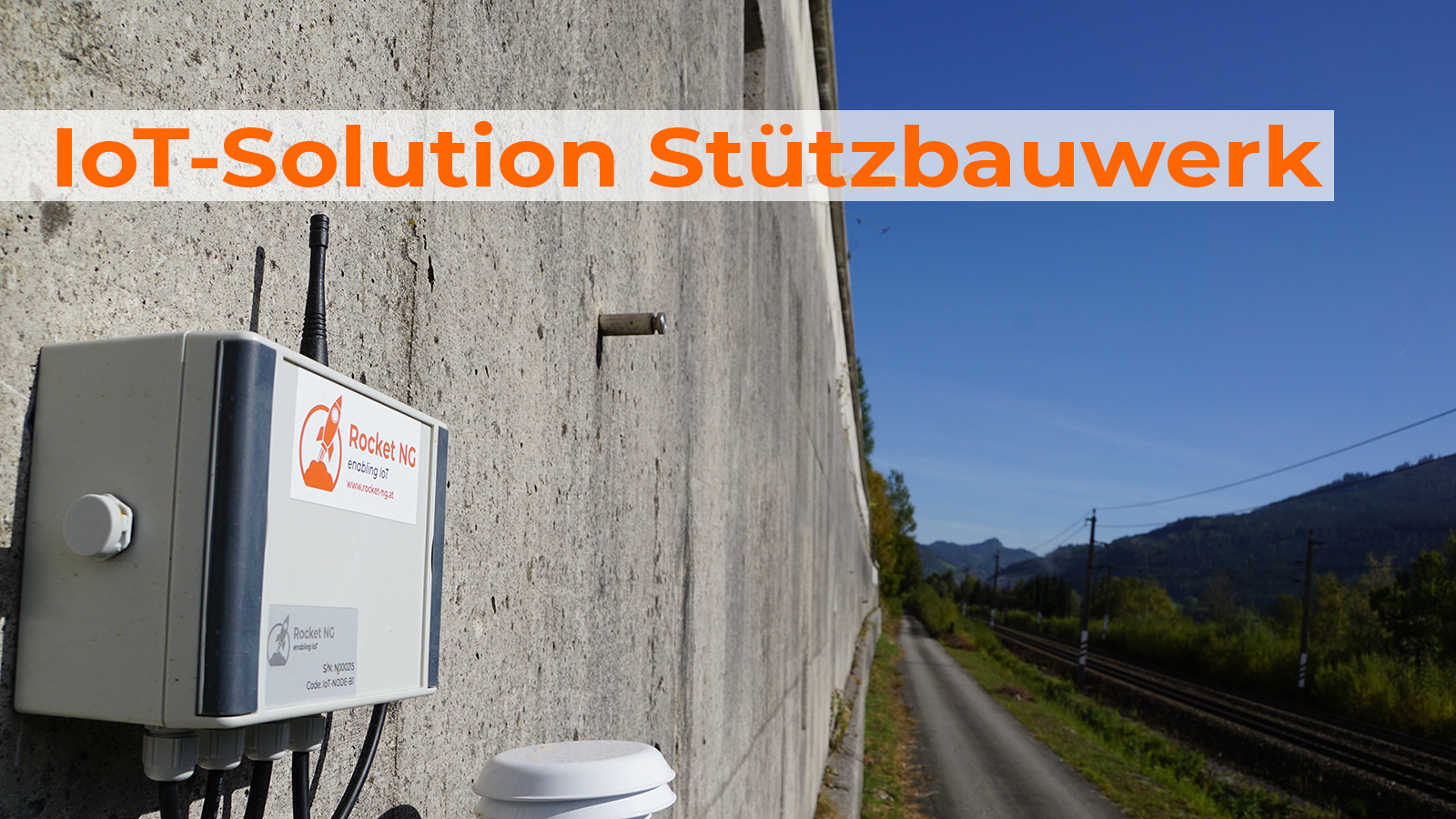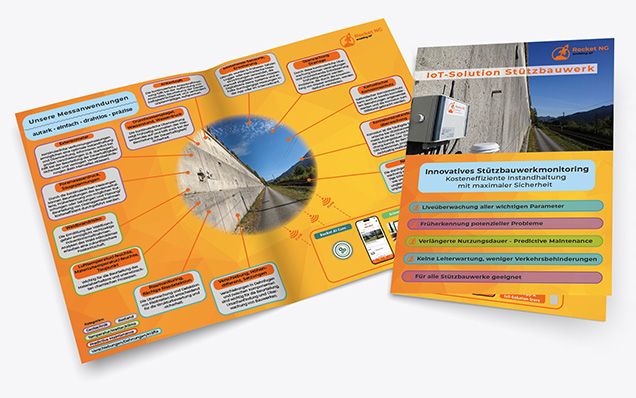
Innovative Retaining Structure Monitoring
Cost-efficient maintenance
with maximum safety
Monitoring of retaining structures is of particular importance, as these structures are exposed to the harsh environmental conditions of the slopes and embankments behind them, as well as the traffic routes that pass in front of them. Road salt, slope water, and creep lead to changing environmental conditions that can majorly impact the structure.
Continuous monitoring enables anomalies to be recognized and assessed at an early stage. This allows potential dangers to be identified in good time and suitable measures to be taken to ensure the stability and safety of the retaining structures.
- Real-time monitoring of all important parameters
- Early detection of potential problems
- Extended service life through predictive maintenance
- Fewer traffic obstructions, no ladder necessary
- Suitable for all retaining structures
Our measurement applications

Anchor Force
Continuous anchor force measurement helps to assess durability/safety and to detect anomalies and unplanned loads.

Groundwater Level,
Water Level,
Water Pressure
Continuous monitoring reveals anomalies in the water level at an early stage and also helps to assess durability/safety.

Extensometer
Continuous deformation measurements enable optimum maintenance and monitoring, provide immediate information in the event of large displacements (e.g. heavy rain), help to assess durability/safety and reduce traffic obstructions (no manual readings).

Pore Water Pressure,
Suction Stresses
The continuous measurements enable cost-efficient assessment of soil behaviour, early detection of possible landslides or subsidence and planning/assessment of drainage measures.

Forest Fire Risk
Determining the risk of forest fires
enables preventive measures to be taken in good time. Analyses of the forest microclimate enable futureproof forest management.

Air Temperature/
Humidity, Material Temperature/Moisture,
Dew Point
Important for the assessment of material behaviour and undesirable chemical processes.

Crack Monitoring, Crack Detection - Surface
The monitoring and detection of crack widths is crucial for structural assessment and safety.

Displacements, Height
Difference, Subsidence
Displacements in expansion joints and between components are important for the assessment,
determination of causes and monitoring of structures.

Inclination
Regular monitoring of inclinations allows early detection of problems such as increased earth/water pressures, uneven settlement and unplanned transmission of forces.

Corrosion Condition
Monitoring
Corrosion is the most common cause of damage in reinforced concrete structures and is usually the reason for the end of their lifetime. By monitoring, you can determine and predict the onset of corrosion and take timely action.

Cathodic Corrosion
Protection
Cathodic corrosion protection can be applied to already corroded reinforcement and corrosion can be stopped.

Monitoring
Drainage
This continuous monitoring allows early detection of blockages and inadequate drainage performance.
Problems caused by water accumulation are avoided.

Existing Sensors,
Extensions
In previous years, loggers or mechanical measuring devices that were often used had to be read manually. Digitalise your systems and collect actual measurements in the app or in the ScienceBoard.

Explore, configure and order this IoT solution with LIVE data in the Rocket App!




